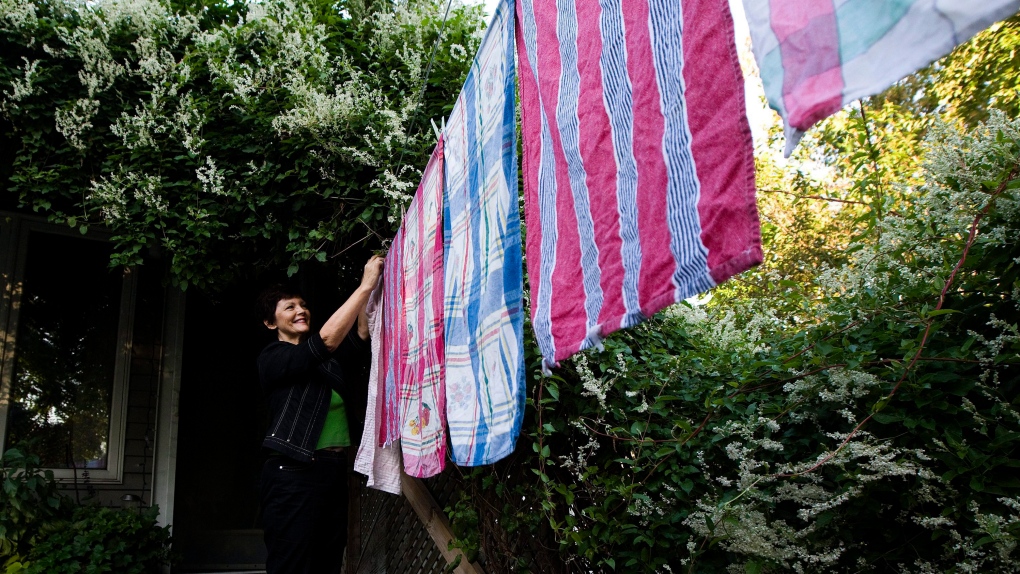lenaitch
Senior Member
That makes a lot of sense. The other aspect of conflict or confusion is 911 assignment. While I don't know C-K specifically, when rural areas are amalgamated, there can be repetition of numbered rural roads, Concession 3 for example, that are meaningless without the parent municipality. Where a new municipality is created, many have chosen to give these roads names which (hopefully) gives them a chance to avoid confusion or repetition. A lot of rural postal addresses still use Rural Routes, which typically are named after whichever post office the route originates from. Notwithstanding C-K is a single-tier municipality, I imagine there are still post offices in places like Tilbury, for example. We used to be an RR of the local town but CP decided to give us our own postal code using our municipal address (which caused about two years of confusion).I had two jobs in the mid-2000's where I saw a lot of Toronto addresses as part of daily work, and "Weston" was not only accepted but turned out to be the default when you entered the postal code to search the Canada Post database. Someone told me they were 90% certain it was because the Weston area had so many duplicate street names with downtown Toronto (many now changed, but not all) that Canada Post deliberately left Weston as the default in the database all along to remove any doubt among end users (like call centre agents) they had the correct place, and also the effort to sort out even those street names which were not duplicated was too much work, so whatever was Weston in 1966 was still Weston in 2006, and not Toronto.
In urban areas, the municipal address is typically the same as the legal (deeded) address. In rural areas, not so much.







